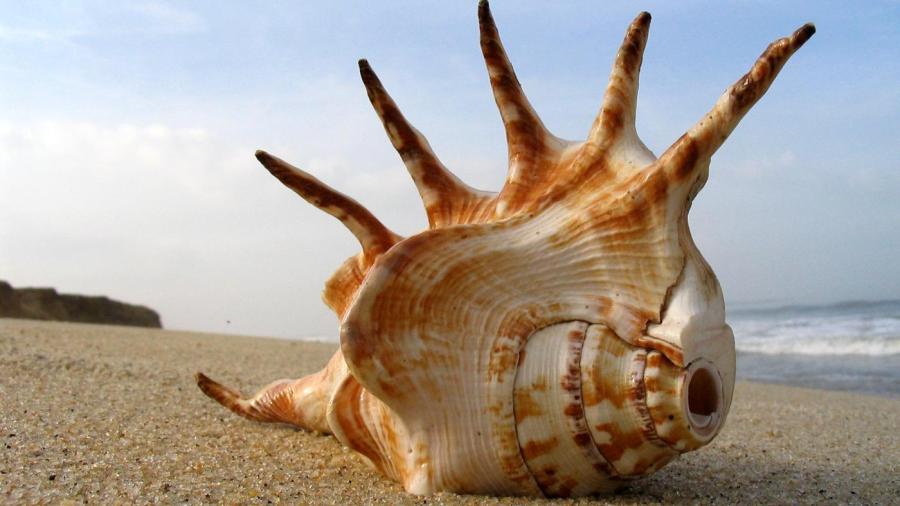How Are Shells Made?

Seashells are made when marine mollusks such as snails, clams and oysters secrete minerals and proteins through their mantle, which is the outermost part of their body that comes in contact with the shells. Shells are made mostly of calcium carbonate; less than 2 percent of their mass is made of proteins. There are no living cells in shells. Shells are usually formed in three layers, which have distinct structures.
The mantle of the mollusk begins the shell-making process by secreting out proteins, which bind to calcium ions and direct the process of calcification. In this way, proteins serve as the structure of the shell.
The outer layer of the shell is not calcified and is called the proteinaceous periosteum. The next layer is known as the prismatic layer and contains carbon. The final innermost layer is called the nacre layer, and it contains calcium. The calcium carbonate crystal changes its structure within the inner two layers of the shell. Calcite is used in the prismatic layer; aragonite is used in the nacre layer.
Because seashells are formed by the mantle of the mollusk, they are grown from the bottom up. Mollusks don’t shed their shells, so when the mollusk grows, it simply secretes more material to enlarge its shell.





